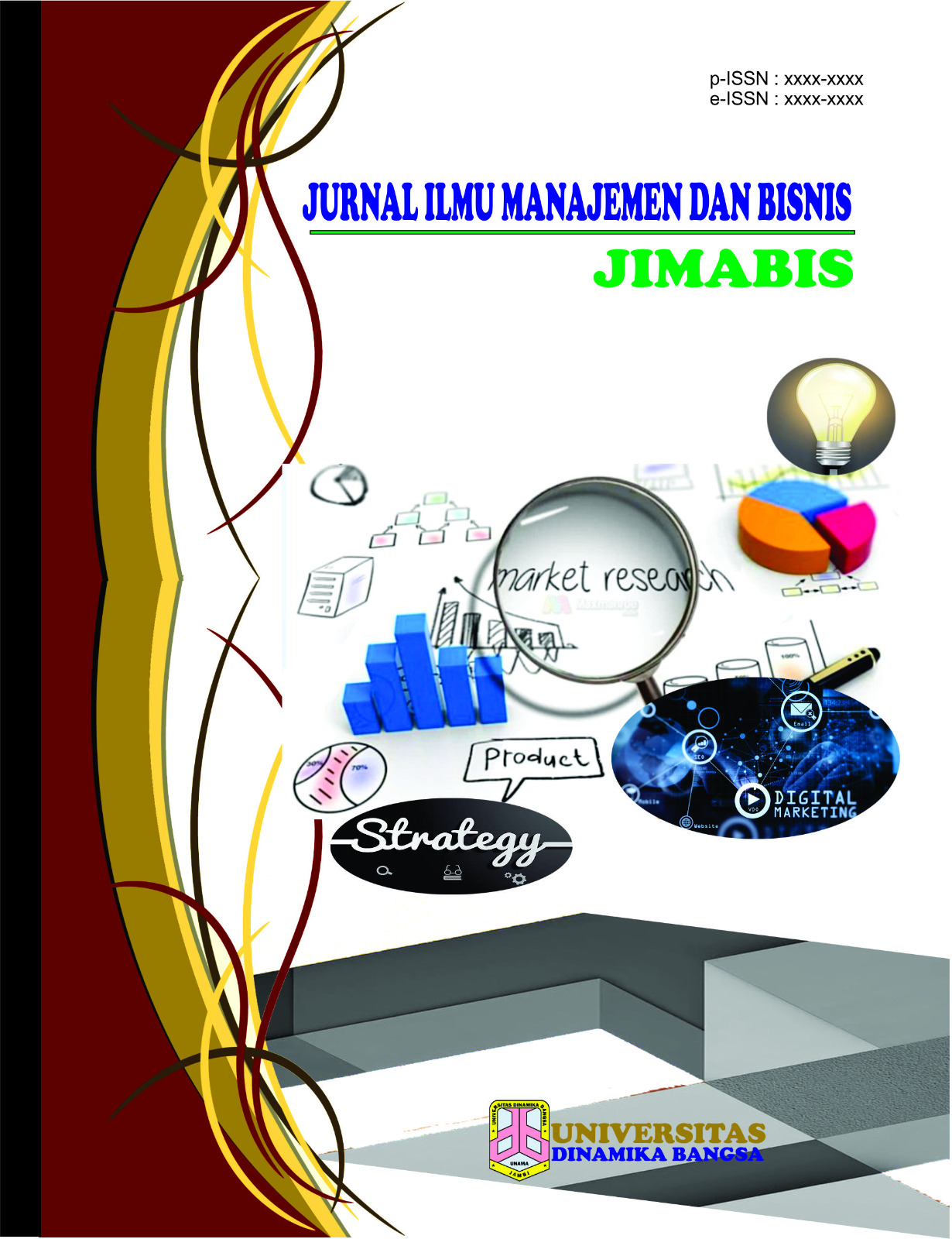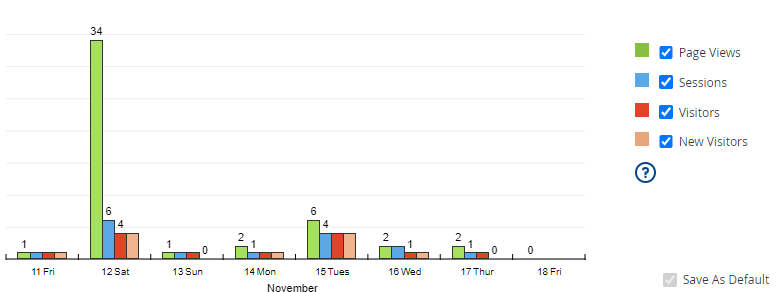Penilaian Sistematis Kualitas Aplikasi Smartphone Tumbuh Kembang Anak
DOI:
https://doi.org/10.33998/processor.2023.18.2.1444Keywords:
Application, Child Development, Mobile Application Rating Scale, Smartphones.Abstract
Currently there are 38 smartphone applications for parents in monitoring the growth and development of children (toddlers) on the Google Playstore, but until now there has not been a single application recommendation that parents must install and there has been no systematic assessment of application quality during use. Of the 38 applications, a selection was made using several criteria and 11 applications met the criteria for further evaluation. This study aims to assess the quality of children's growth and development applications (falling) objectively with the method used, namely the Mobile Application Rating Scale (MARS) which has been validated with 5 subscales namely involvement, functionality, aesthetics, information, and subjective quality. The relationship between overall application quality and user ratings and the number of downloads was evaluated by three assessors, namely application users for more than one year, ordinary users who have just downloaded the application, and coders (parties from the puskesmas). The results of the research from 11 applications that meet the criteria, the average MARS score of the application is 3.5. Although there are many smartphone applications that parents can download, there are three recommended applications, namely About Children. My Prima, and Pregnant Friends. The About Children application has the highest MARS score of 4.36, this application has received a perfect rating of 5.0 since it was officially developed in 2017. The About Children application has been downloaded more than 500 thousand and was developed jointly with the Ministry of Health, the Ministry of Education and Culture, and also the BKKBN.
Downloads
References
S. Zhao et al., “User profiling from their use of smartphone applications: A survey,” Pervasive Mob Comput, vol. 59, p. 101052, Oct. 2019, doi: 10.1016/J.PMCJ.2019.101052.
M. Trudeau, F. Casciani, and C. Vollmer, “The Fistula Risk Score Smartphone Application and Website: A User-Friendly Patient Risk and Outcomes Calculator and Clinical Decision Tool,” HPB, vol. 24, pp. S357–S358, Jan. 2022, doi: 10.1016/J.HPB.2022.05.758.
O. Mendi, M. Kiymac Sari, S. Stoyanov, and B. Mendi, “Development and validation of the Turkish version of the Mobile App Rating Scale – MARS-TR,” Int J Med Inform, vol. 166, p. 104843, Oct. 2022, doi: 10.1016/J.IJMEDINF.2022.104843.
D. Sayik, A. Acikgoz, and S. Yimenicioglu, “A randomized controlled study: Evaluating the efficacy of a mobile application developed for mothers who have children with epilepsy in Turkiye,” J Pediatr Nurs, vol. 70, pp. 103–110, May 2023, doi: 10.1016/J.PEDN.2023.02.010.
S. Dhar and I. Bose, “Walking on air or hopping mad? Understanding the impact of emotions, sentiments and reactions on ratings in online customer reviews of mobile apps,” Decis Support Syst, vol. 162, p. 113769, Nov. 2022, doi: 10.1016/J.DSS.2022.113769.
A. Virdauzy et al., “Analisis User Experience Pengguna Aplikasi KAI ACCESS Menggunakan Metode IPA (Studi Kasus: Masyarakat Surabaya),” in Seminar Nasional Informatika Bela Negara (SANTIKA), 2020. [Online]. Available: www.kai.id,
Y. H. Liu, Y. L. Chen, and P. Y. Chang, “A deep multi-embedding model for mobile application recommendation,” Decis Support Syst, vol. 173, p. 114011, Oct. 2023, doi: 10.1016/J.DSS.2023.114011.
I. Galeano, M. Merín, M. González, and L. Cernuzzi, “A methodological approach for mobile applications development: MethApp4Mob,” Sci Comput Program, vol. 230, p. 102986, Aug. 2023, doi: 10.1016/J.SCICO.2023.102986.
I. Khan, “Customer engagement outcomes in mobile applications: Self-congruence as a moderator,” Journal of Retailing and Consumer Services, vol. 75, p. 103497, Nov. 2023, doi: 10.1016/J.JRETCONSER.2023.103497.
M. J. Gould, C. Lin, and C. M. Walsh, “A systematic assessment of the quality of smartphone applications for gastroesophageal reflux disease,” Gastro Hep Advances, Mar. 2023, doi: 10.1016/J.GASTHA.2023.03.001.
P. Utomo, F. Kurniasari, and P. Purnamaningsih, “The Effects of Performance Expectancy, Effort Expectancy, Facilitating Condition, and Habit on Behavior Intention in Using Mobile Healthcare Application,” 2021. [Online]. Available: https://dinkes.tangerangselatankota.go.id/uploads/lkip/10.pdf
Y. Shinohara et al., “Development and validation of the Japanese version of the uMARS (user version of the mobile app rating system),” Int J Med Inform, vol. 165, Sep. 2022, doi: 10.1016/j.ijmedinf.2022.104809.
A. E. Roberts, T. A. Davenport, T. Wong, H. W. Moon, I. B. Hickie, and H. M. LaMonica, “Evaluating the quality and safety of health-related apps and e-tools: Adapting the Mobile App Rating Scale and developing a quality assurance protocol,” Internet Interv, vol. 24, Apr. 2021, doi: 10.1016/j.invent.2021.100379.
J. Gagnon, S. Probst, J. Chartrand, and M. Lalonde, “Self-supporting wound care mobile applications for nurses: A scoping review protocol,” J Tissue Viability, vol. 32, no. 1, pp. 79–84, Feb. 2023, doi: 10.1016/J.JTV.2023.01.004.
M. A. Kushendriawan, H. B. Santoso, P. O. H. Putra, and M. Schrepp, “Evaluating User Experience of a Mobile Health Application Halodoc using User Experience Questionnaire and Usability Testing,” 2021.
J. Coelho et al., “Semantic similarity for mobile application recommendation under scarce user data,” Eng Appl Artif Intell, vol. 121, p. 105974, May 2023, doi: 10.1016/J.ENGAPPAI.2023.105974.























